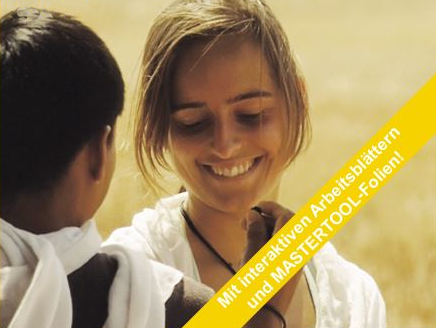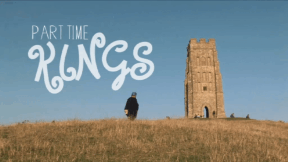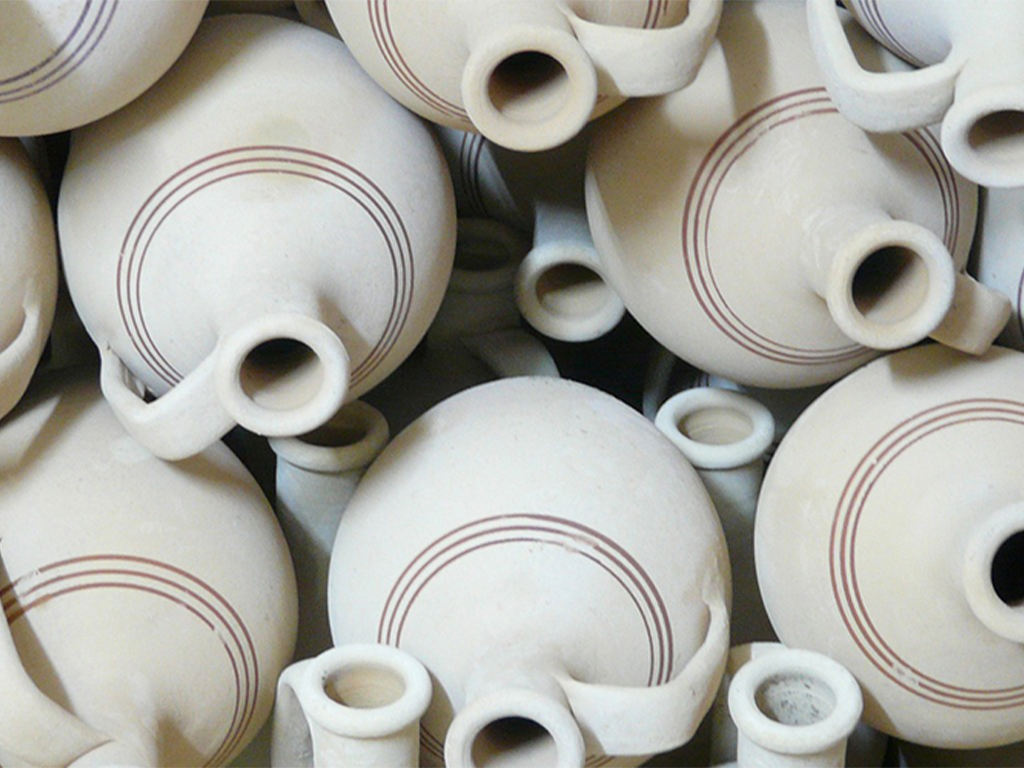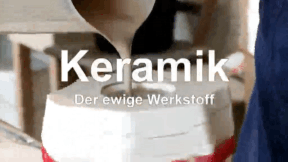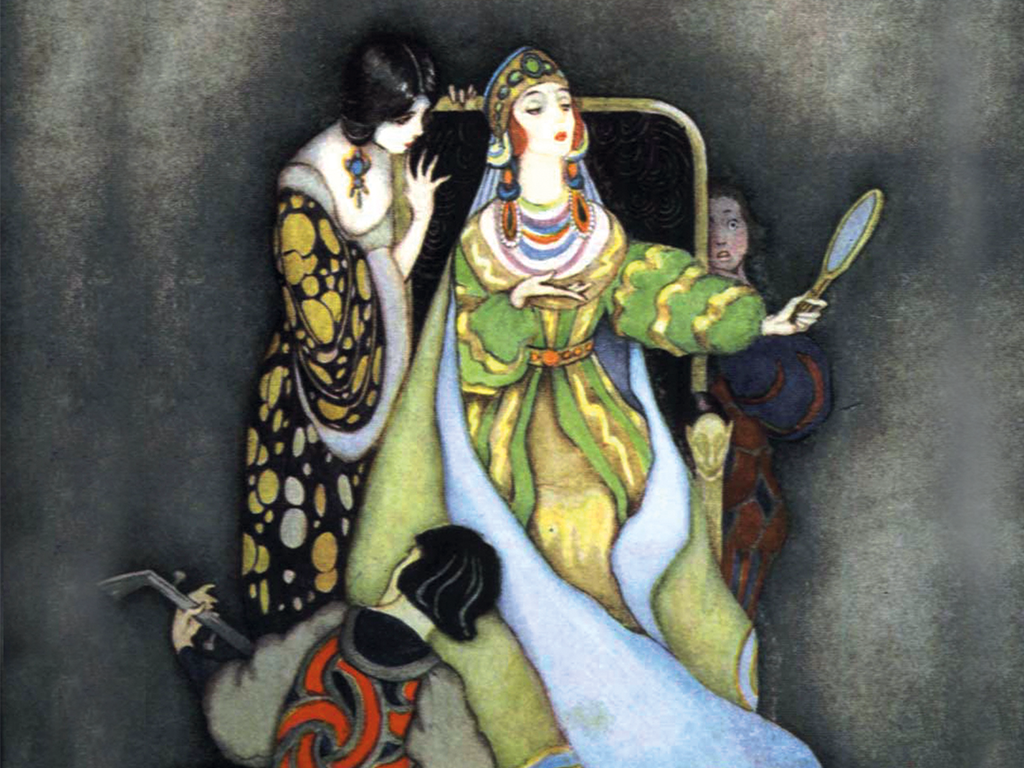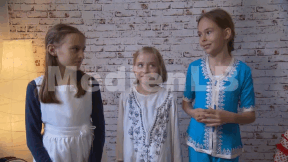 Primary School
Primary School
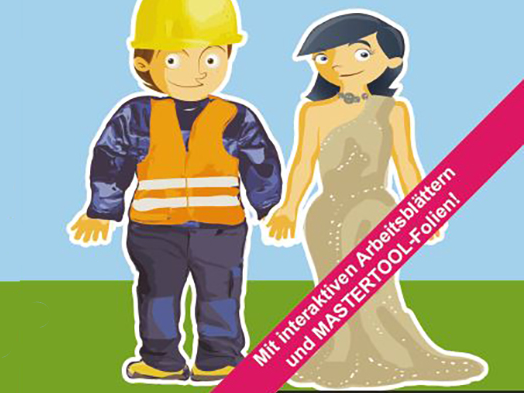

4671651 / 5561475
Clothing
"Clothes Make the Man"
Besides food and shelter, clothing is also one of the basic needs of human beings. Suitable clothing protects against wet, cold or warm conditions, and it also protects us from injuries or burns from the sun. Clothes are also useful because they help us to be able to pursue some jobs or tasks in a better way when wearing them. And finally, the clothes we wear are a sign we set for others. Thus, it is an expression of our personality. We sometimes let clothes speak for us, so to speak. Who we are, how we feel and what group we belong to. Which items does clothing comprise? Firstly, there is underwear: underpants and undershirt. On our feet, we wear socks or stockings. When it is cold, we might wear tights. Over our underwear, we wear a shirt or T-shirt on the upper part of our body. Our legs are covered by trousers. The trousers are supported by a belt or braces.
Play trailer

Curriculum-centred and oriented towards educational standards
Matching
Ceramic
Ceramics are indispensable in our everyday lives. We eat from ceramic plates, drink from ceramic cups, use tiled ceramic bathrooms. But how is ceramic manufactured? The film reveals the secrets of this fascinating material! We get to know more about the beginnings of ceramic in the Old World of Egypt and Mesopotamia, about Greece, China and Rome. We gain interesting insights into the valuable earthenware and are also shown the exquisite further development of the "white gold". Today this versatile material is irreplaceable in industry, too. Whether in space or as an easily compatible substitute in medicine, ceramic is applied in many places.




